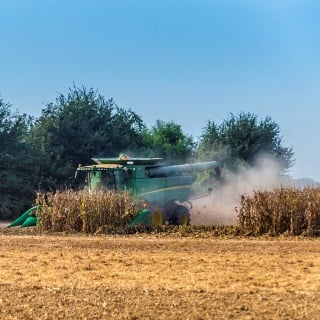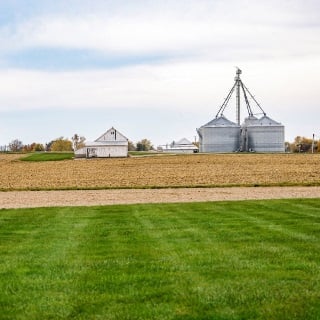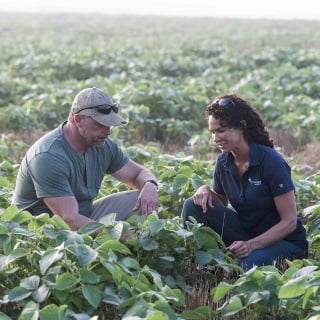Crop input prices are expected to stay high for 2023 with output prices likely moving lower at some point in the future. For producers, that means profit margins will be squeezed even more than in the current year and the uncertainty that has reigned across all markets will stick around. So, how can you prepare to withstand volatility?
Just like any successful sports team, make sure you have both a solid offense and a solid defense, said Brian Wiggins, Director of Alternative Farm Revenue at ADM. That means making smart moves on inputs now, thinking differently about your current operations to extract the most value, focusing on margins not just costs, and protecting yourself with crop insurance.
“We can win some games with a really good offense or a really good defense, but the most consistent, most effective teams… have (both),” Wiggins said during a recent webinar hosted by Farm Credit Mid-America.
Prices for most commodities will remain volatile going into the harvest, creating uncertainty on the input side. Wiggins says producers should follow an “offense” marketing plan that focuses on profit margins – not just prices, and look at one-to-three-year controllable aspects of their operations – both the inputs like fertilizer and fuel, and the outputs – and how to manage those to get the best possible yield.
“How do we think differently about how we approach those input and output scenarios? We spend so much time honed in on the price or maximizing the yield but… ultimately, the margin between the two becomes very important,” he said.
Farmers, he said, should look for ways to extract the most value out of what they have. That could include sharing resources like equipment with other operators or negotiating trades to better control effectiveness or costs or inputs. They can also seek out assets that have dual use, such as hoop buildings as a short-term solution to store fertilizer.
On the defensive side, risk management planning and execution are crucial. Work with a trusted advisor to determine which crop insurance products are ideal for your operation. For Indiana and Ohio customers, margin protection insurance is available that incorporates costs of inputs into coverage, said Eric Johnson, a Farm Credit Mid-America Crop Insurance Specialist in northeast Indiana.
“There’s no shortage of variability and uncertainty in the markets and with reality of profit margins tightening on the farm, margin protection is another tool in the toolbox,” he said.
There are many combinations of policies to choose from, and selections must be tailored to a farm’s unique circumstances and fit in with a sound business plan. Reach out to one of Farm Credit Mid-America’s team of specialists across Kentucky, Ohio, Indiana and Tennessee to determine the best risk management plan for your operation.
To hear more from Wiggins and Johnson about how to manage inputs and protect margins for the coming year, view the full webinar above.





